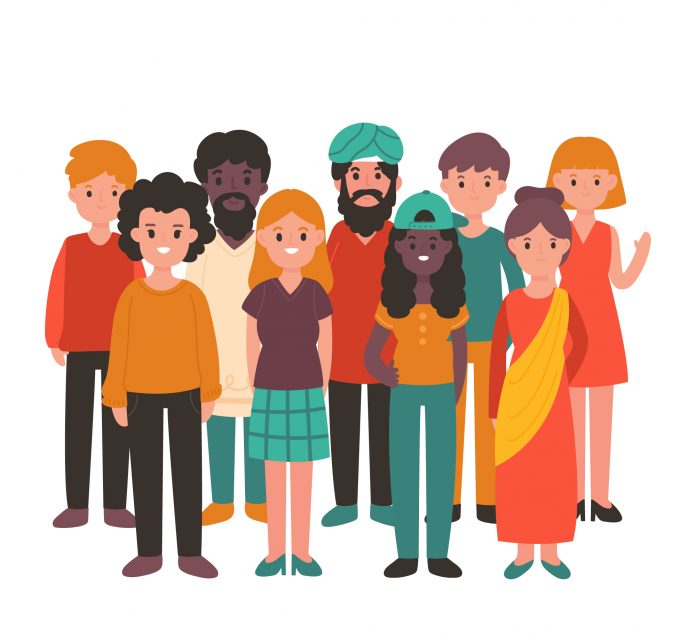Weeks of protests have erupted in the USA over the killing of George Floyd, a 46-year-old African American man who allegedly used a counterfeit $20 bill at a grocery store. This was the tipping point that led to calls against police brutality and perhaps more importantly, racial inequality in the nation. According to a survey performed by research firm Statista, close to 60 per cent of American adults aged 18 to 34 support these protests.
This incident brought the issue of racism to the forefront across countries worldwide. Protests have been held in the United Kingdom, France, and Japan championing the Black Lives Matter movement.
Cosmopolitan Singapore isn’t perfect either. In a Facebook post uploaded on 5th June, Minister for Education Ong Ye Kung denounced acts of racial insensitivity and micro-aggression against individuals of another race. His post referenced a recently resurfaced act committed by Raffles Institution students four years ago.
Although a police officer killing someone due to racial bias only exists in the worst nightmares of people here, it still begs the question: Is the Lion City and its citizens doing enough to maintain and promote racial harmony? What’s the situation like in 2020? YP.SG speaks with a group of millennials across different ethnicities and occupations to find out.
What Racism In Singapore Looks Like Today
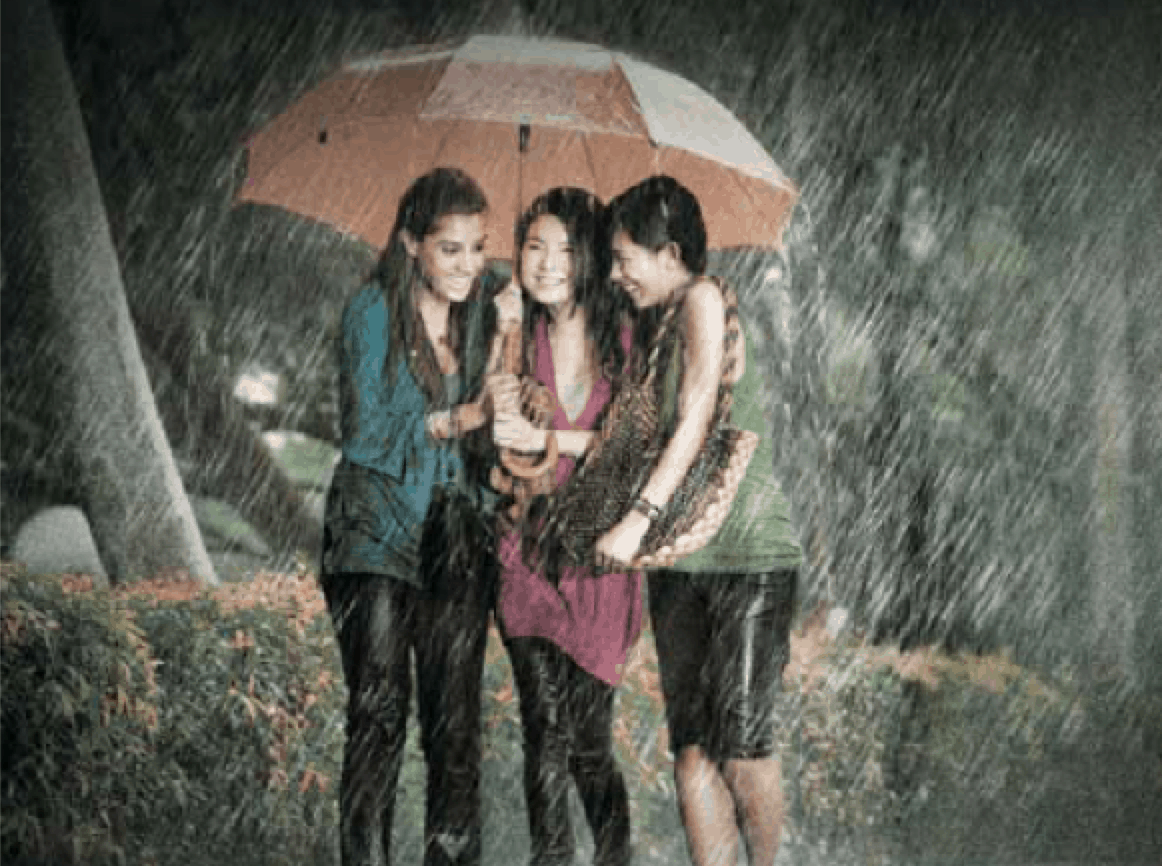
All interviewees agreed that although racism is not blatant in racially harmonious Singapore, it still existed in one form or another. These include stereotypes, jokes, and insensitive acts committed by strangers or people they know personally. 25-year-old assistant producer Siti Khadijah contends that people might commit these acts or say insensitive things unknowingly because it is a norm to them.
She cites a common joke she would hear back in her schooling days regarding the inability to see classmates with a darker skin tone when the lights were switched off. 25-year-old undergraduate Allen Ashvin Vijeyndran concurred, saying that he would just laugh it off whenever this occurred.
However, these seemingly innocuous jokes and minor acts do have an effect on the individual. Allen says that although he brushes it off whenever the acts occur, he would still feel hurt when reflecting on it at the end of the day.
Additionally, discussions regarding race appear to have difficulty gaining traction. Allen mentions that whenever he did stand up for himself, people would dismissively say that he ‘won’ because he’s a minority group member. He goes on to say that his point wasn’t to ‘win’, but to have his concerns heard. 25-year-old undergraduate Akmal Nazam adds that not many people would speak about racism on a daily basis as well.
Efforts To Tackle Racism In Singapore
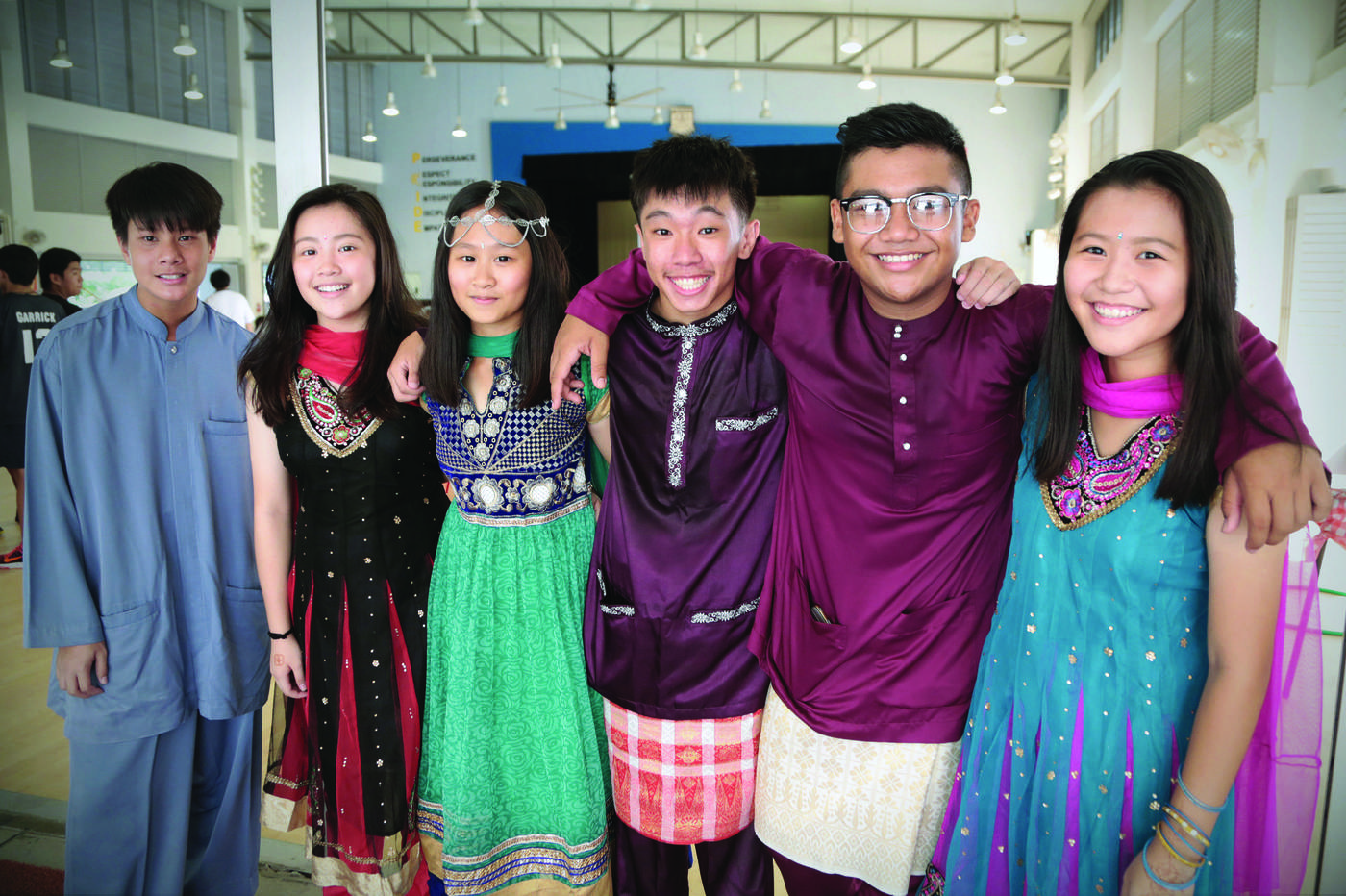
Despite the number of policies implemented to ensure racial integration and harmony in Singapore, responses regarding their actual effectiveness or even of their existence are mixed. “I actually cannot think of anything that is actively tackling racism, because most things being done are very passive”, said 24-year-old undergraduate Joshua Ang.
23-year-old freelance writer Melinda Woo disagreed, saying that there are laws in place to prevent people from crossing the line and highlighted how strict the Government is about racial insensitivity. She said that recent cases of racial discrimination have been tackled swiftly by the authorities to boot.
However, interviewees unanimously agreed that recent events across the world have had a positive effect at a ground level. 25-year-old performance executive Vaishnavi Pillai says: “Overall, there is an effort I would say. Now with the BLM (Black Lives Matter) movement, there has been even more light on this issue”. She adds that people she felt who would not care about issues of race have gone out of their way to show their support.
Joshua agreed, saying: “I think there are more people who actively try to tell their friends not to be racist and give them more information on why what they’re doing is racist”. Melinda added that if someone said something racist on social media, they would probably be called out on it.
What Can Be Improved On?
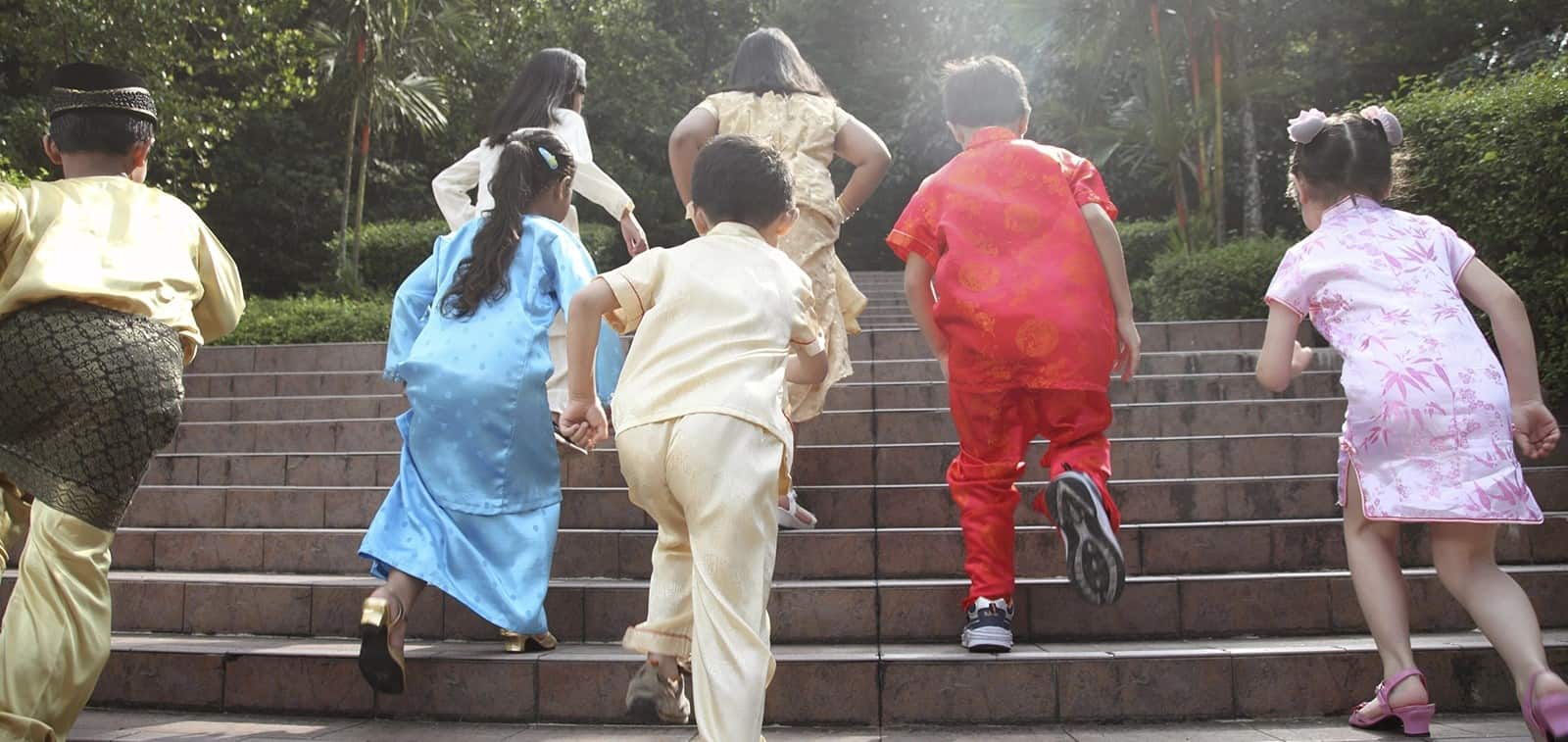
Minister for Law and Home Affairs K. Shanmugam said in a dialogue regarding race relations a year ago that true racial harmony would require more than just government efforts. He would also highlight the importance of ground-up initiatives by various groups in Singapore.
Interviewees were also in agreement in stating that efforts to tackle racism in Singapore can be improved at all levels. Akmal mentions that fairer hiring practices could be implemented across workplaces and states how important educators are in communicating the importance of racial harmony. “They mould the minds of our next generation!”, he adds.
On a personal level, Melinda feels that people need to let go of the stereotypes they hold and for older folks to be more supportive of interracial relationships. Vaishnavi echoed Melinda’s thoughts, adding that people need to be more engaged in the cause and not just do so when the topic is trending.
The need for awareness and open discussion is paramount. “Singaporeans shouldn’t consider talking about racial discrimination and racism as a taboo topic. We all know it exists and like any other problem, we should work towards a solution”, Siti says.
Allen underscored this, saying that change can be enacted by increasing awareness of this happening in Singapore and people spreading messages of equality.
Regardless of Race
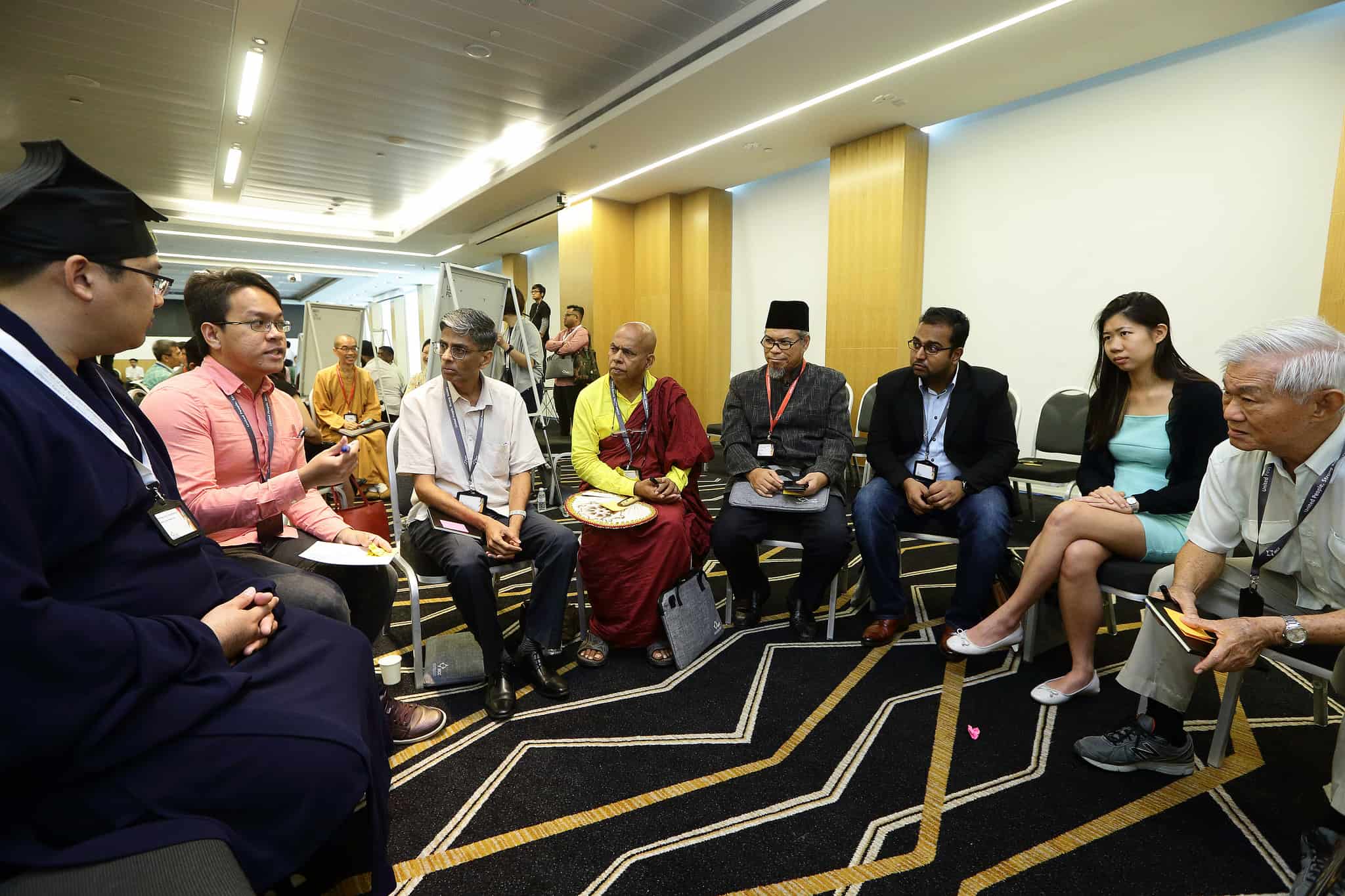
Racism will be a perennial issue in multi-racial Singapore. It is an ever-evolving problem that requires active discussion and education across all age groups, even if it means the occasional discomfort.
And while social media has the potential for bigotry and insensitivity to run riot, it is also an excellent conduit for thought leaders to educate netizens. Case in point for both sides of the coin: Temasek Polytechnic’s swift reaction earlier last month to one of its students posting inflammatory comments on social media.
A study by the Institute of Policy Studies and OnePeople.sg conducted two years ago regarding race, religion, and language provided a glimmer of hope too. Results showcased improved racial and religious harmony across all groups. With a similar study potentially being conducted in a few years, one can expect an even better scorecard from the little red dot.







